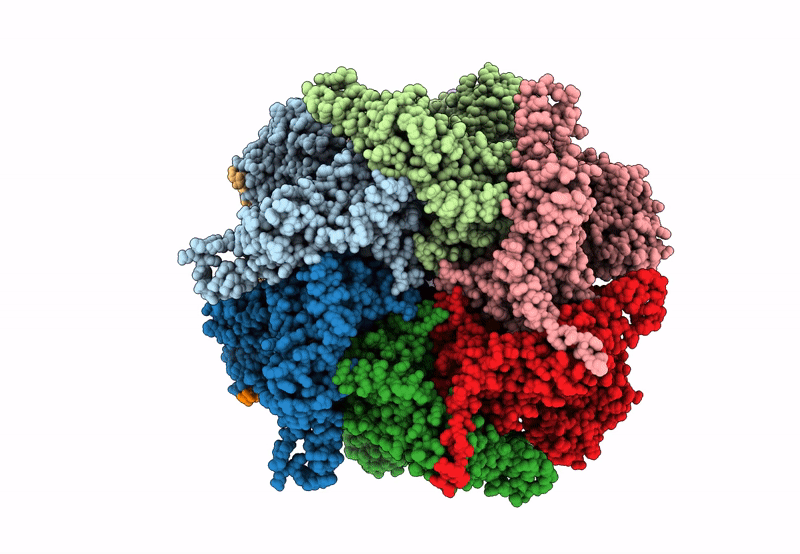
Deposition Date
2022-06-16
Release Date
2023-10-18
Last Version Date
2024-04-03
Entry Detail
PDB ID:
7Y53
Keywords:
Title:
The cryo-EM structure of human ERAD retro-translocation complex
Biological Source:
Source Organism:
Homo sapiens (Taxon ID: 9606)
Host Organism:
Method Details:
Experimental Method:
Resolution:
3.61 Å
Aggregation State:
PARTICLE
Reconstruction Method:
SINGLE PARTICLE


